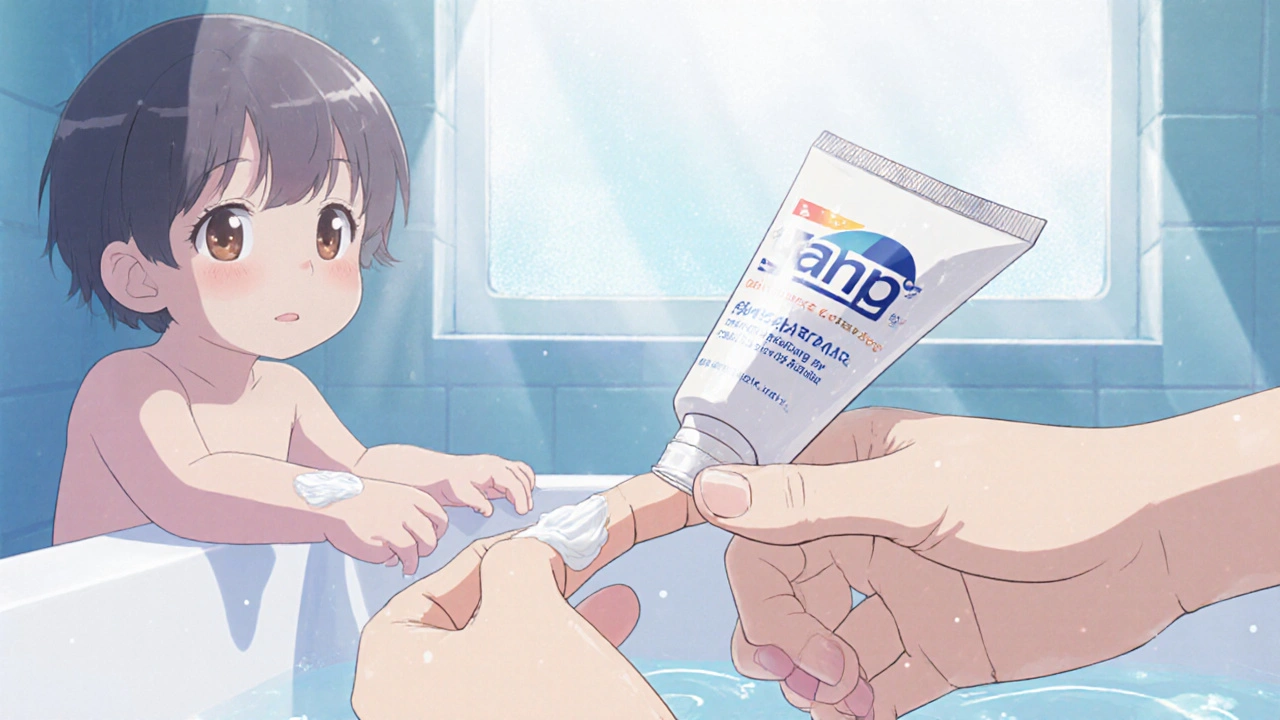Permethrin: What It Is, How It Works, and What You Need to Know
When you hear Permethrin, a synthetic chemical used to kill insects and mites on skin and clothing. Also known as a topical pesticide, it’s one of the most trusted treatments for scabies and head lice, used by doctors and families worldwide. Unlike oral meds, permethrin stays on the surface—no system-wide effects, just targeted action. It doesn’t just repel bugs; it shuts down their nervous systems, killing them on contact. That’s why it’s the go-to for infestations that won’t quit.
Permethrin isn’t just for people. It’s also used on clothing, bed linens, and even mosquito nets in high-risk areas. This isn’t just a cream you slap on—it’s part of a broader strategy to break the life cycle of pests. When you treat scabies with permethrin, you’re not just treating your skin; you’re treating your environment too. That’s why doctors always tell you to wash everything in hot water. The same logic applies to head lice: if you kill the bugs on the scalp but leave the combs, pillows, or hats untouched, they’ll just come back.
It’s not a miracle cure, and it’s not for everyone. Some people develop mild skin irritation—redness, itching, burning—but that usually fades fast. If you’re pregnant, nursing, or treating a baby under two months, talk to your doctor first. There are alternatives like ivermectin or malathion, but permethrin remains the first-line choice for good reason: it’s cheap, effective, and has decades of real-world use behind it. The CDC and WHO both list it as a core treatment for parasitic infestations.
What you’ll find below isn’t just a list of articles—it’s a practical toolkit. You’ll see how permethrin stacks up against other treatments, what to do if it doesn’t work, how to avoid reinfestation, and even how it’s used in public health campaigns to stop outbreaks. No theory, no fluff. Just what works, what doesn’t, and what you need to do next.

Elimite (Permethrin) vs. Alternative Scabies & Lice Treatments - 2025 Comparison
A detailed 2025 guide comparing Elimite (permethrin) with top scabies and lice treatments, covering efficacy, safety, age limits, and practical buying tips.
